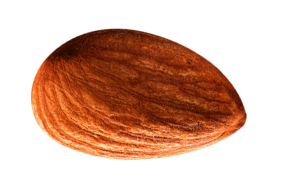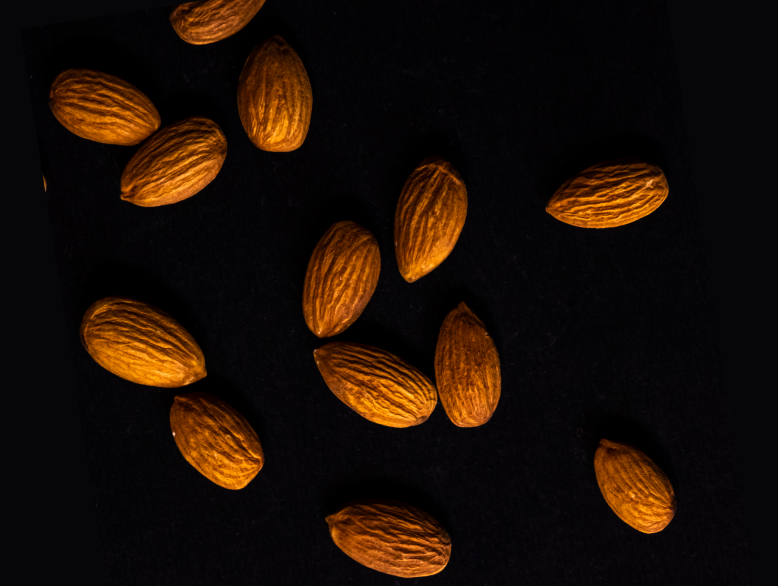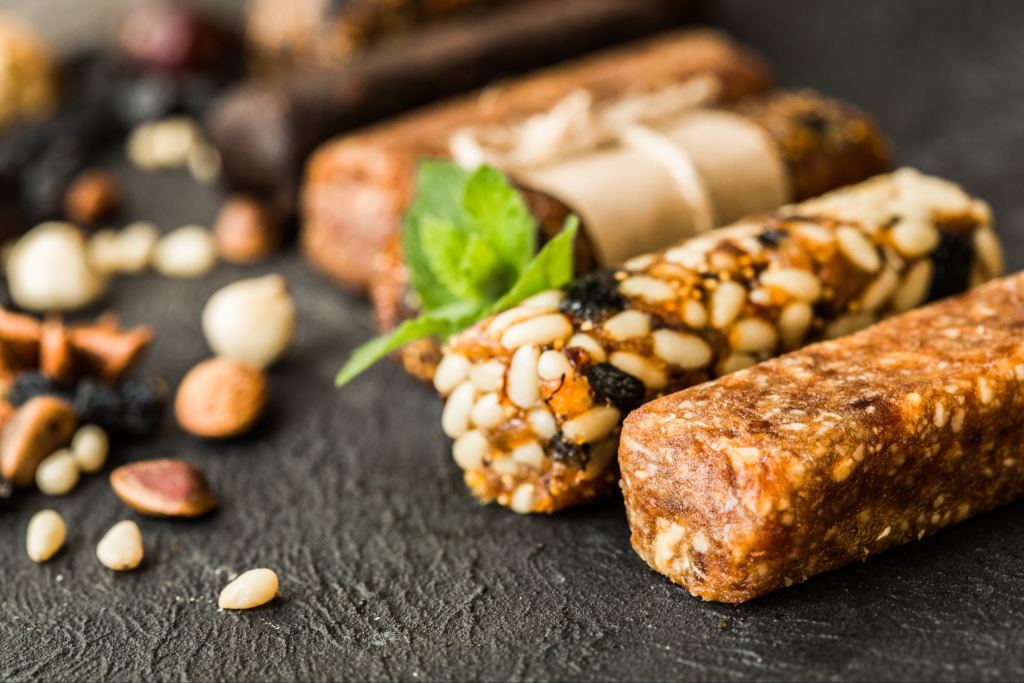From the type of protein used to the sweeteners and fats included, every ingredient plays a role in shaping the product’s overall healthfulness. Taking a closer look at these factors can help create a better, more effective protein bar.











Are Protein Bars Healthy? What to Consider When Choosing Ingredients


Protein bars have gained immense popularity as convenient snacks for busy professionals and health-conscious individuals. These compact, nutrient-dense products offer an easy way to refuel after workouts or curb hunger between meals. However, their nutritional profiles and ingredient quality vary widely, making it essential to understand what goes into them and how they contribute to a balanced diet.
Are Protein Bars Healthy? A Balanced Perspective
Protein bars can offer significant benefits, especially when thoughtfully formulated. They provide a convenient source of protein, essential for muscle repair and overall health. Many bars also include additional nutrients like fiber, vitamins, or minerals to enhance their appeal. Research has shown that high-protein bars, such as those using whey or soy protein isolates, can function as effective meal replacements. These bars have been linked to improved physiological responses post-exercise, including reduced muscle damage and enhanced recovery for active individuals.
However, not all protein bars are created equal. While some provide balanced nutrition, others are laden with added sugars, artificial flavors, and unhealthy fats, which can detract from their health benefits. Ingredient quality and composition play a significant role in determining whether a protein bar supports a healthy lifestyle or simply serves as another processed snack.
What to Look for in a Healthy Protein Bar
Protein Content: How Much Is Enough?
 Protein bars can serve as snacks or meal replacements, depending on their protein content and purpose. Studies suggest 25–30 grams of high-quality protein per meal is optimal for muscle protein synthesis (MPS) and maintaining muscle mass.
Protein bars can serve as snacks or meal replacements, depending on their protein content and purpose. Studies suggest 25–30 grams of high-quality protein per meal is optimal for muscle protein synthesis (MPS) and maintaining muscle mass.
For protein bars, 20–30 grams of protein per serving is ideal. Bars with 20–25 grams work well as snacks to boost daily intake, while those with 25–30 grams are better suited for meal replacements. Consuming over 40 grams of protein at once offers no additional benefits, making this range both efficient and practical.
Sugar and Sweeteners: Hidden Pitfalls
Sweeteners significantly influence the taste and texture of protein bars. Natural options like honey, dates, and monk fruit are popular for their clean-label appeal and lower glycemic impact, making them ideal for health-conscious formulations. Research indicates that protein bars can be naturally sweetened without compromising their texture, offering valuable insights for creating products that balance flavor and functionality.
Excessive added sugars, however, can undermine the health benefits of protein bars by contributing to energy spikes and crashes. Using naturally derived sweeteners or minimizing sugar content ensures the bar maintains a health-focused profile while appealing to consumer preferences.
Fats: Healthy vs. Harmful
The fats in a protein bar can significantly affect its nutritional value. Healthy fats, such as those found in almond butter, not only improve flavor but also contribute essential nutrients like monounsaturated fats, which support heart health. These fats are also a source of sustained energy. On the other hand, bars with trans fats or processed oils should be avoided to ensure a cleaner nutritional profile.
Fiber and Carbs: Finding the Right Balance
Fiber is essential for a healthy protein bar, promoting digestion and keeping hunger at bay. Ingredients like oats, chia seeds, and inulin can increase fiber content, enhancing satiety and regulating blood sugar levels. Carbohydrates in protein bars should come from complex sources, such as whole grains or fruit, to provide steady energy without causing blood sugar spikes. A balance of fiber and complex carbs makes the bar more suitable for a wide range of dietary needs.
What Ingredients Make a Protein Bar Healthy?
Creating a healthy protein bar starts with selecting high-quality, functional ingredients that balance nutrition, taste, and texture. While many common ingredients may seem appealing, some are less beneficial than they appear. For example, ingredients like palm oil, hydrogenated fats, and excessive syrups can add unnecessary calories, unhealthy fats, or high sugar content, detracting from the bar’s nutritional profile.
On the other hand, incorporating nutrient-dense alternatives can elevate a bar’s health benefits and consumer appeal. Here are eight healthy ingredient options to consider:
- Almond Butter – Adds creamy texture, healthy fats, and protein.
- Oats – Provide fiber and slow-digesting carbohydrates for sustained energy.
- Chia Seeds – Rich in omega-3 fatty acids and fiber, improving texture and nutrition.
- Dates – A natural sweetener with added fiber and potassium.
- Honey – A natural sweetener that also offers antimicrobial properties.
- Pumpkin Seeds – Deliver protein, magnesium, and other essential minerals.
- Cacao Nibs – Offer antioxidants and a natural chocolate flavor without added sugar.
- Coconut Oil – Used in moderation, it can provide healthy fats and improve texture.
Choosing these ingredients ensures the final product aligns with clean-label and health-conscious trends while delivering excellent taste and functionality.
What Ingredients Should You Avoid in Protein Bars?
Choosing the right ingredients is critical for ensuring protein bars align with health-focused goals. Here are key ingredients to avoid based on insights from experts:
- Artificial Sweeteners: Often found in protein bars, these can lead to cravings for sugary foods and negatively affect gut health, which may weaken the body’s ability to fight illness.
- Palm Oil: Commonly used for texture, palm fat is high in saturated fat, increasing the risk of high cholesterol and heart disease.
- Pro-Inflammatory Oils: Oils like canola and soybean are often included but can contribute to inflammation. Healthier alternatives like almond or coconut oil are better choices.
- Artificial Flavors and Colors: These synthetic ingredients reduce the natural appeal of the bar and may cause adverse health effects.
- Preservatives: While extending shelf life, artificial preservatives detract from clean-label standards. Natural preservation methods are preferred.
- Hydrogenated Oils: These unhealthy fats are linked to heart disease and should be avoided entirely.
Expert Tip: Choose bars with simple, natural ingredients that are easily recognized and pronounced. This not only ensures a healthier product but also meets consumer demand for clean, transparent labeling.
Why Almond Ingredients Are Perfect for Protein Bars
Almonds offer exceptional versatility and nutritional benefits, making them an ideal choice for protein bars. They provide healthy monounsaturated fats, plant-based protein, and essential vitamins like vitamin E. Almond butter, in particular, enhances both the texture and flavor of protein bars, adding creaminess and a subtle nutty taste that pairs well with other ingredients.
Almond-based ingredients also align with clean-label and sustainability trends. Harris Woolf Almonds, for example, supplies sustainably grown California almonds, ensuring premium quality and environmental responsibility. Almond butter and paste can be tailored to various formulations, offering light, medium, or extra-light roasts to suit specific flavor profiles. This adaptability makes almonds an excellent choice for creating products that resonate with modern consumer demands.
Create Healthier Protein Bars with Harris Woolf Almonds
Partner with Harris Woolf Almonds to craft healthier, more innovative protein bars. With expertise in ingredient innovation, product customization, and sustainable practices, we provide premium almond-based solutions tailored to your needs.
Explore our almond butter and paste, request a sample, or connect with our almond experts to start developing your next winning formulation today.
